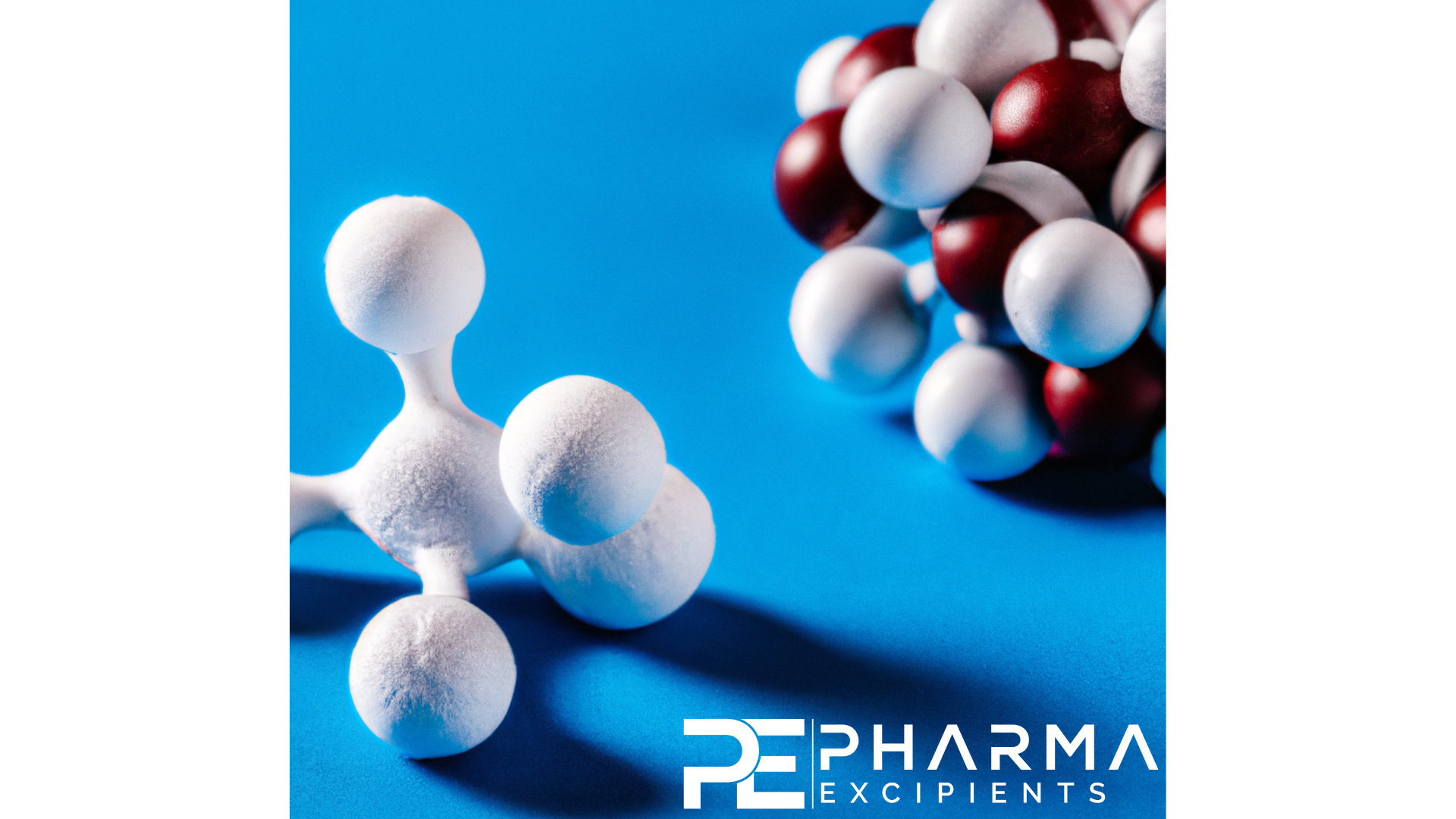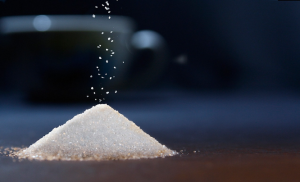Molecular Basis of Sweetness, Recent Concepts, an Ideal Sweetener and Saccharide and Non-saccharide Sweet Principles Qualifying It

Understanding of the sweetness of an organic or inorganic substance is complex process and it is ingrained with the intricacies of psychological perception, molecular structure, chemical nature and environmental conditions e.g. pH, temperature, type of medium etc. Sucrose tastes sweet but when it is dissolved in water its sweetness declines with time because under normal conditions, it continuously degrades into two components viz. dextrose (glucose) and levulose (fructose). Varvil [1] illustrated the sweetness of fructose as more intense, but it dissipated rapidly. Secondly, the sweetness of the dextrose is perceived more slowly than fructose, but more rapidly than sucrose, and it lingered longer than fructose. Thirdly, sucrose was perceived most slowly and lingered the longest as compared to dextrose and fructose (Fig. 3.1) [2]. Lot of research data have been accumulated, but it is still enigmatic to understand the physical and chemical basis of sweetness sensation. Some 100 chemical substances covering a very wide variety of molecular structures exhibit sweetness in varying intensities. Considering sucrose sweetness as unity, the intensity in sweetness may vary from very slight to 10,000 times or even 200,000 times (Tables 3.1 and 3.2). Many attempts have been made to explain why does a substance taste sweet. The bases of sweetness are discussed here.
Read more
Dwivedi, R.S. (2022). Molecular Basis of Sweetness, Recent Concepts, an Ideal Sweetener and Saccharide and Non-saccharide Sweet Principles Qualifying It. In: Alternative Sweet and Supersweet Principles . Springer, Singapore.
https://doi.org/10.1007/978-981-33-6350-2_3
See also the background article “What Are Sweeteners?”


